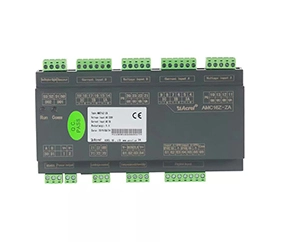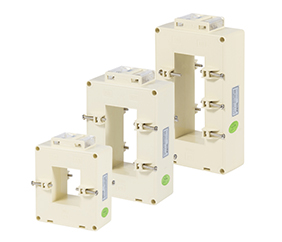

1. Introduction
Because the working environment of the field equipment is relatively harsh, if the signal sensor line to the PLC is broken and connected to other lines with different voltages or shorted to the equipment at the same time, strong electricity will enter the PLC input port, causing the entire module to burn and causing great losses. If this happens with the signal conditioner, only the signal conditioner will be damaged without damaging the PLC. In addition, it can prevent interference and stabilize the signal.
What is analog signal?
The basic process signal (voltage, current, pressure, temperature, flow, etc.) input form in the automated process control system. The process signal in the system is converted into a unified voltage and current signal through the isolator, and these signals are transmitted to the controller (PLC) in real time.
For example: DC 0~20mA, 4~20mA,DC 0~5V, 1~5V, 0~10V, pressure, temperature, flow, speed, valve opening, etc.
2. BM200 Series Isolated Safety Barrier

It is connected between the intrinsically safe circuit and the non-intrinsically safe circuit. It is a device that limits the voltage or current supplied to the intrinsically safe circuit within a certain safe range. Safety barrier is a general term, which is divided into Zener safety barrier and isolation safety barrier. Isolation safety barrier is referred to as isolation barrier.


Technical Parameters
Type | BM200-DI/I-B11、BM200-DI/I-C12、BM200-DI/I-C22 | |
Channel type | 1 in 1 out, 1 in 2 out, 2 in 2 out | |
Input type | Current | |
Output signal | 0~20mA/4~20mA (Distribution voltage: 14.0V/20mA) | |
Output Signal | 0~20mA /4~20mA (safety side output); Load resistance: ≤550Ω | |
Transmission accuracy | 0.2% | |
Temperature drift | 50ppm | |
Response time | 5ms to reach 90% of final value | |
Supply voltage | 20~35V DC | |
Consumption | 24V power supply, 20mA output: ≤70mA (one in, one out) ≤110mA (one in, two out) ≤160mA (two in and two out) | |
Working temperature | -20℃~+60℃ | |
Storage temperature | -40℃~+80℃ | |
Relative humidity | ≤95%RH, no condensation, no corrosive gas place | |
Altitude | ≤2500m | |
Protection level | IP20 | |
Weight | About 110g (12.5mm shell) About 150g (22.5mm shell) | |
Installation | Din-rail mounted | |
Dielectric strength | Intrinsically safe end and non-intrinsically safe end ≥ 2500V AC; power supply and non-intrinsically safe end ≥ 500V AC |
Detection end isolation safety barrier: a device that receives signals from hazardous areas and transmits them to safe areas after isolation, which can effectively limit the energy in hazardous areas from being transmitted to the intrinsically safe circuit.
Operation end isolation safety barrier: It receives the control signal from the safe area and transmits it to the control equipment in the dangerous area. It can be used to limit the amount of electrical energy supplied from the control room in the safe area to the field instrument, so that sparks that can detonate dangerous gases cannot be generated, thereby eliminating the source of detonation.
Application scenarios: petroleum, chemical industry, thermal power, gas, metallurgy and other industries.
 English
English 日本語
日本語 한국어
한국어 français
français Deutsch
Deutsch Español
Español italiano
italiano русский
русский português
português tiếng việt
tiếng việt Türkçe
Türkçe العربية
العربية






